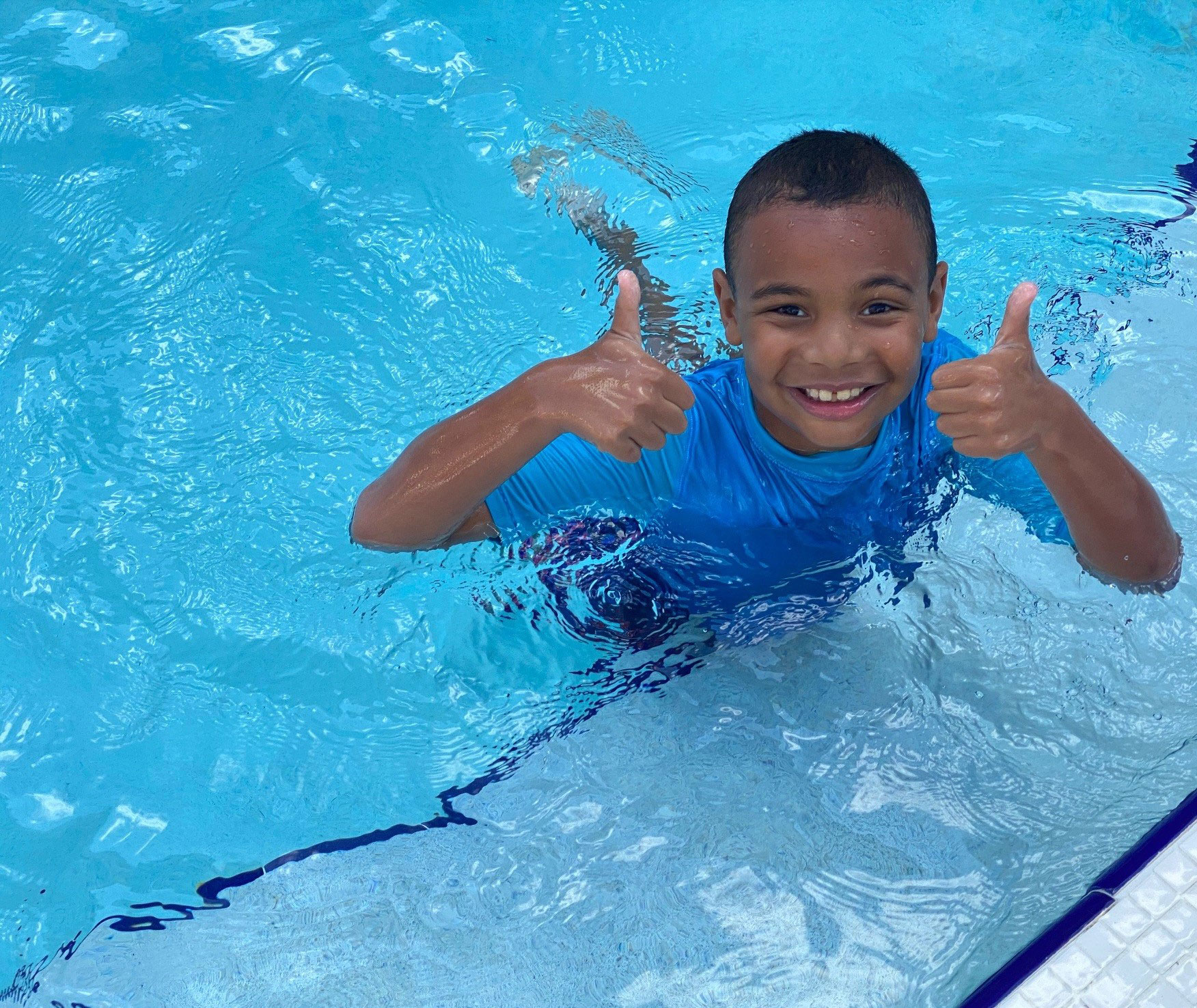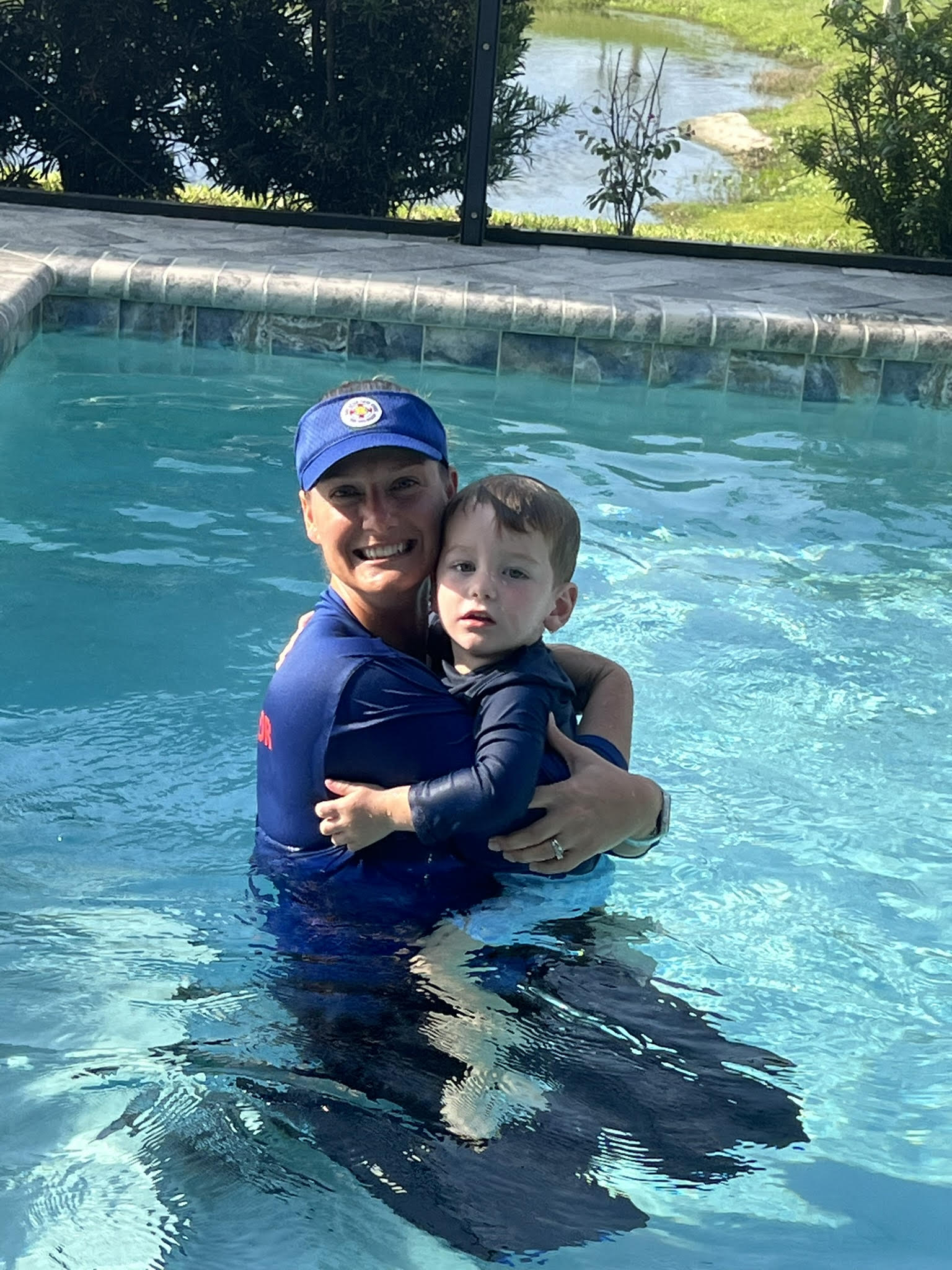Everything You Need to Understand About Swimming Lesson for Beginners: A Comprehensive Overview
Recognizing the principles of swimming lessons for novices is essential for fostering both safety and skill development in the water. The course to coming to be a positive swimmer is commonly filled with obstacles, including the common worry of water.
Importance of Water Safety And Security
Water safety is vital for any person venturing right into aquatic environments, especially beginners. Understanding the prospective dangers related to water tasks is important to guarantee a secure and delightful experience. Stats suggest that drowning continues to be a leading root cause of unintended death, highlighting the need for enhanced recognition and preventive steps.
The first step in water safety involves recognizing the importance of supervision. Adults need to always keep a close eye on youngsters and inexperienced swimmers, as also superficial water can position considerable dangers. Additionally, using appropriate flotation tools, such as life coats, is important, especially for those who are not yet confident in their swimming capabilities.
One more essential aspect is familiarizing oneself with the details atmosphere. Each body of water has one-of-a-kind characteristics, including currents, tides, and temperature, which can affect safety and security. Swimmers must also understand climate condition and potential risks, such as submerged objects or abrupt modifications detailed.
Discovering the Right Instructor
Picking a certified instructor is an important action in making sure a risk-free and reliable learning experience for novices. When looking for a teacher, consider their certifications and experience. Search for people who are certified in mouth-to-mouth resuscitation and First Aid, as well as those that hold recognized swimming mentor qualifications, such as those from the American Red Cross or YMCA.

In addition, analyze the instructor's communication skills. They must have the ability to communicate guidelines plainly and demonstrate methods effectively. A connection between the trainer and the student can boost motivation and promote a positive knowing atmosphere.
Finally, think about logistics such as course area, organizing, and dimension. Smaller class sizes frequently allow for even more individualized attention, which can be beneficial for newbies. By carefully evaluating these elements, you can find an instructor who will add to a successful swimming experience.
Crucial Swimming Strategies
Mastering crucial swimming methods is important for newbies intending to construct self-confidence and efficiency in the water. The structure of efficient swimming exists in mastering the standard skills that boost both safety and security and satisfaction during practice.
One of the initial methods to focus on is correct breathing. Beginners ought to find out to exhale undersea and breathe in promptly when transforming their heads sideways, making sure a steady rhythm that supports endurance. Additionally, body positioning plays an essential role; swimmers need to keep a structured posture, maintaining the body level and straight to minimize drag.

Lastly, understanding the significance of buoyancy can not be ignored. Mastering floating techniques will certainly enhance comfort and security in the water. By concentrating on these crucial methods, beginners can establish a strong swimming structure, setting them up for better success in future lessons and even more advanced skills.
Different Swimming Designs
Countless swimming designs exist, each offering distinct methods and over here advantages that accommodate various preferences and objectives. The 4 main strokes-- freestyle, breaststroke, butterfly, and backstroke-- develop the foundation of competitive swimming and leisure methods.
Freestyle, likewise known as the front crawl, is characterized by a flutter kick and rotating arm movements, permitting for maximum rate and effectiveness. It is usually one of the most preferred option for beginners because of its uncomplicated strategy and adaptability in numerous water settings.
Backstroke, performed on the back, employs a similar flutter kick yet makes use of a windmill arm movement. This stroke improves body positioning and promotes leisure in the water, making it a superb choice for those who might really feel anxious while swimming.
Breaststroke includes a frog-like kick and synchronised arm activities, promoting a slower speed that enables enhanced breathing control. This stroke is particularly valuable for beginners as it urges an all-natural rhythm.
Lastly, the butterfly stroke, understood for its difficult method, integrates a dolphin kick and synchronised arm activities. While even more innovative, understanding it can dramatically improve total swimming efficiency. Accepting these diverse designs can lead to a well-rounded swimming experience.
Conquering Common Challenges
Although swimming can be a fulfilling task, newbies commonly encounter various challenges that may hinder their progress and enjoyment in the water. Among one of the most common challenges is concern, specifically concern of the water or of submersion. To conquer this, progressive direct exposure is crucial. Begin by acclimating to the water in shallow locations, and technique breathing methods beyond the water to build confidence.
One more obstacle is mastering fundamental techniques, Get More Information such as drifting and stroke mechanics. Beginners should concentrate on correct body positioning and breathing patterns. Utilizing flotation protection gadgets can aid in establishing a sense of balance while practicing stroke principles.

Last but not least, finding a supportive setting, whether through group lessons or one-on-one training, can considerably improve understanding. Constructive responses and inspiration are helpful resources vital for conquering challenges and fostering enhancement. By dealing with these common problems head-on, newbies can grow a favorable swimming experience and progress at a comfortable rate.
Final Thought
In summary, swimming lessons for novices encompass vital aspects such as safety, efficient instruction, and mastery of necessary strategies. Selecting a qualified trainer is vital to cultivating an encouraging learning atmosphere. Focus on core abilities, including breathing and body positioning, help in creating self-confidence in the water. Recognizing different swimming designs and attending to typical challenges better boosts the discovering experience. Ultimately, a detailed strategy ensures that beginners not just obtain swimming abilities but also cultivate a lifelong appreciation for marine tasks.
Understanding the principles of swimming lessons for newbies is essential for fostering both safety and security and skill growth in the water.Water security is paramount for any individual venturing right into marine settings, especially newbies. Arm motions must additionally be coordinated with the kick; novices need to learn the value of reaching onward and drawing with the water successfully.
Although swimming can be a satisfying activity, beginners often run into different difficulties that may hinder their progress and pleasure in the water. Start by accommodating to the water in superficial locations, and practice breathing strategies outside of the water to construct confidence.